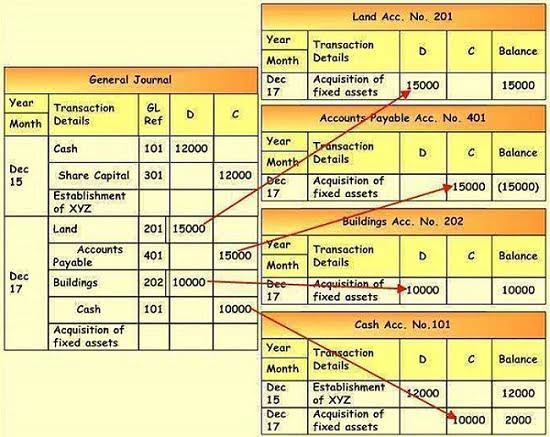Total Manufacturing Cost Calculator

If one worker is less efficient than another, it could lead to mistakes and errors in the final product. The tax code is complicated, and it can be hard to keep up with what’s changing in the laws and regulations, especially regarding business taxes. But manufacturers must stay on top of these changes because they can make a massive difference in the bottom line.
Once you have this, you can predict your total costs for a whole day, weeks, and even months production. Better insights mean you can save on materials, labor, and other resources by identifying areas where improvements can be made. Sometimes, simply making a few small changes to your routing manufacturing can result in significant savings.
What is Total Manufacturing Cost?
Among other things, it can be used to adjust the selling price of your products and to identify and cut unnecessary expenses. Robust MRP systems can track production costs both per period, per project, or per product, making them suitable for both job shops as well as make-to-stock manufacturers. There are also other (very important!) parts of these equations to account for. We’ve ignored these indirect costs for the sake of simplicity, but you really shouldn’t.
- The sum of direct materials, direct labor, and manufacturing overhead, without considering any inventory adjustments.
- It helps businesses make better decisions about spending and investing.
- Businesses can use this figure to monitor the percentage of revenue that goes into manufacturing costs.
- At the start of a quarter, a furniture manufacturing company has $8,000 worth of raw materials waiting in inventory.
- As a result, the total manufacturing cost for the quarter is the sum of direct material and labor costs as well as manufacturing overhead.
For example, for a soda producer, water is used as a direct material, forming the body of the drink. However, water could also be used as an indirect material to wash the bottles or equipment. It’s necessary to keep these types of consumption separate for accounting purposes. Direct material costs can be found by adding the cost of purchased raw materials to their beginning inventory and then subtracting their ending inventory.
Is manufacturing cost an asset?
Total direct production cost is the sum of all costs directly attributed to producing a product, such as raw materials and direct labor. Imagine a toy manufacturer calculating the total direct manufacturing cost total direct manufacturing cost formula for a specific toy, including the cost of plastic, paint, and the wages of the workers assembling it. The first step toward achieving these benefits is to know the different types of manufacturing costs.
It’s an important figure in the manufacturing industry as it directly relates to the efficiency and profitability of production. Material costs are the costs of raw materials used in manufacturing the product. Be sure to allocate overhead costs to the respective cost centers (specific departments, processes, or machines in the manufacturing facility that contribute to the manufacturing costs). While this is a simplified view of direct labor calculation, accountants also include the benefits, overtime pay, training costs, and payroll taxes when calculating the hourly rate. Timesheets can help manufacturers streamline their payroll with a secure process that includes locking timesheets once submitted to managers, who can review and route them to payroll.
Is your ERP Software, SLOW?
Total Manufacturing Cost is the total sum that has been spent on production activities during one financial period. Today, we’ll be delving into the total manufacturing cost formula and how to use it. For example, the cost of special oil used in a piece of manufacturing machinery is considered indirect material. Raw materials that can’t be traced to a specific product or manufacturing run are considered indirect material and are excluded from the direct material cost calculation. In short, tracking total manufacturing cost can reveal how well a business is operating. If the figure increases between manufacturing accounting periods, it can indicate that resources are not being used efficiently.
Additionally, historical COGM data can be instrumental in forecasting future manufacturing expenses under various operational scenarios. In manufacturing, managing work-in-process (WIP) inventory effectively is crucial. COGM includes adjustments for beginning and ending WIP inventory, providing insights into production efficiency and inventory turnover.








